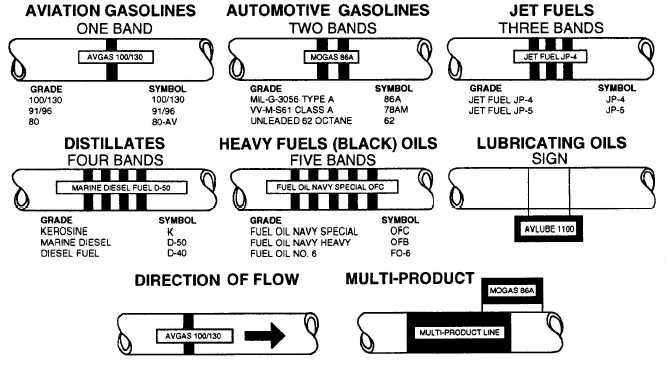(fig. 7-3) are placed next to all operating accessories
such as valves, pumps, regulators, and manifolds.
Table 7-1 lists the sizes of bands and letters used for
petroleum products.
AIRCRAFT FUELING SYSTEMS
LEARNING OBJECTIVES: Identify the
typical fueling systems used on shore
activities. Describe the equipment contained
in each system.
The following are three typical aircraft fueling
systems used on shore activities:
• Aircraft Direct-Refueling System (more
commonly known as a “pit”).
• Mobile Aircraft Refuelers. These are tanker
trucks of various capacities and configurations.
• Portable Fueling Systems. These are air-
transportable, advanced base systems used primarily
to support tactical operations. As an ABF, you most
likely will never use this type system; therefore, it is
not discussed further in this manual.
AIRCRAFT DIRECT-REFUELING
SYSTEM (PIT)
Aircraft direct-refueling systems (fig. 7-4) are
designed primarily for “hot” refueling of aircraft. All
direct-refueling systems have the following minimum
features:
Filter/separator.
Fuel-quality monitor.
Relaxation chamber or equivalent piping configuration
capable of providing 30 seconds of static relaxation
from point of last filtration to the nozzle.
Diaphragm-operated primary control valve.
Remote, hand-held, deadman control for each pan-
tograph or hose installed at each station.
Emergency pump-shutoff switch.
Meter on each station outlet.
Recirculation/flushing capability of the nozzle and/or
hose/pantograph system.
Emergency dry-breakaway coupling on each hose or
pantograph.
Bonding/grounding cable. This requirement is
considered satisfied if the fueling hose/pantograph sys-
tem has continuity (10,000 ohms or less).
Figure 7-3.—Identification for bulk petroleum product lines.
7-6


